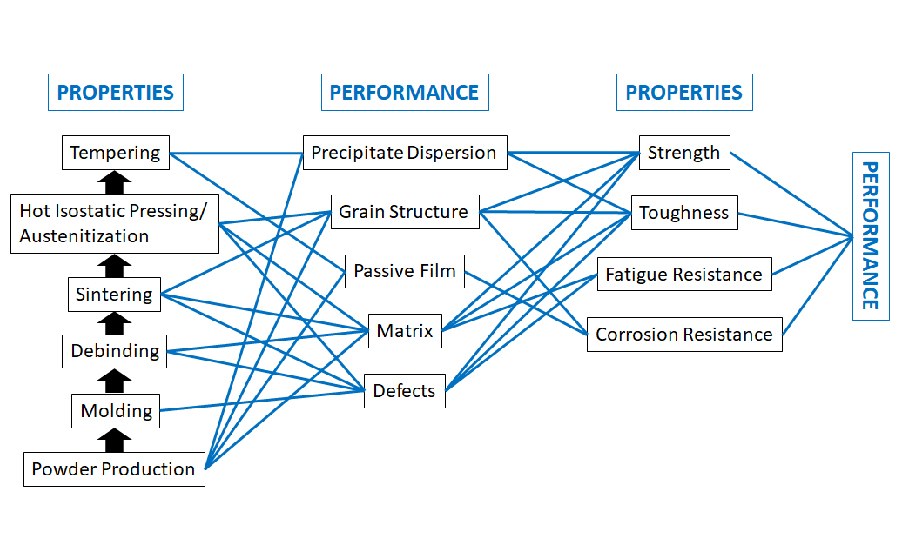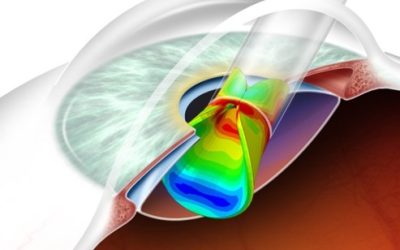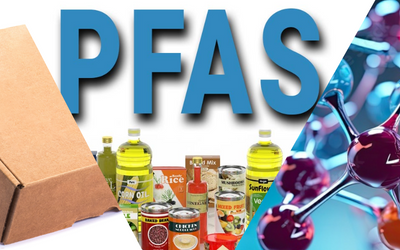An introduction to a materials-based perspective for inclusion in engineering teams
At its core, the field of materials science is focused on the relationships between the processing used to create the material, the internal structure of the material, the resulting properties of the material, and performance, which is a measure of the capability of the material’s properties to fulfill some desired role. These four elements—processing, structure, properties, and performance—are often depicted as the vertices of a tetrahedron in order to highlight the interrelationships that exist among them.

Figure 1: Materials Science Framework
When the materials science framework is applied, a linked linear approach can often be used to make the framework easier to use. It needs to be said that even though the linked linear framework is easier to use, it is still complex—both visually and mechanistically—which is why materials specialists can play a vital role on engineering teams.

The linked linear approach is able to provide detail on the interrelationship of the four elements because both synergistic and antagonistic, or competitive, relationships can be captured. In some sense, the problem becomes—or maybe always has been—one of constrained optimization. Engineering is, after all, the application of science and math to solve problems under one or more constraints.

Figure 3: Application of materials science framework to design improvements
The materials-based perspective goes beyond the basic property data typically found and used—for better or worse—in material datasheets (a topic for another day). As a result, this framework is a powerful approach to apply to a broad range of engineering problems to support robust solutions. It has successfully been applied to alloy design and the development of new materials (including both metallic and non-metallic materials). The framework can also be used at all stages of the product lifecycle as part of materials or process selection, concurrent materials and device development, test method development at the coupon and component level, and root cause investigations.
AUTHOR

Dr. Erik Pavlina, Senior Associate, specializes in the processing and manufacturing of metals, materials selection, and failure analysis. He has extensive experience in manufacturing, industrial R&D and product development, and fundamental research in ferrous and non-ferrous alloys. Erik undoubtedly understands the challenges facing the production and application of materials to ever-increasing performance requirements. He has constantly strived to work on diverse teams to bridge the gap between materials and mechanical engineering to provide effective solutions.
Ref: B007-LT-A Materials-Based Perspective for Problem Solving
Keep in touch with us.
Sign up for our newsletter.



